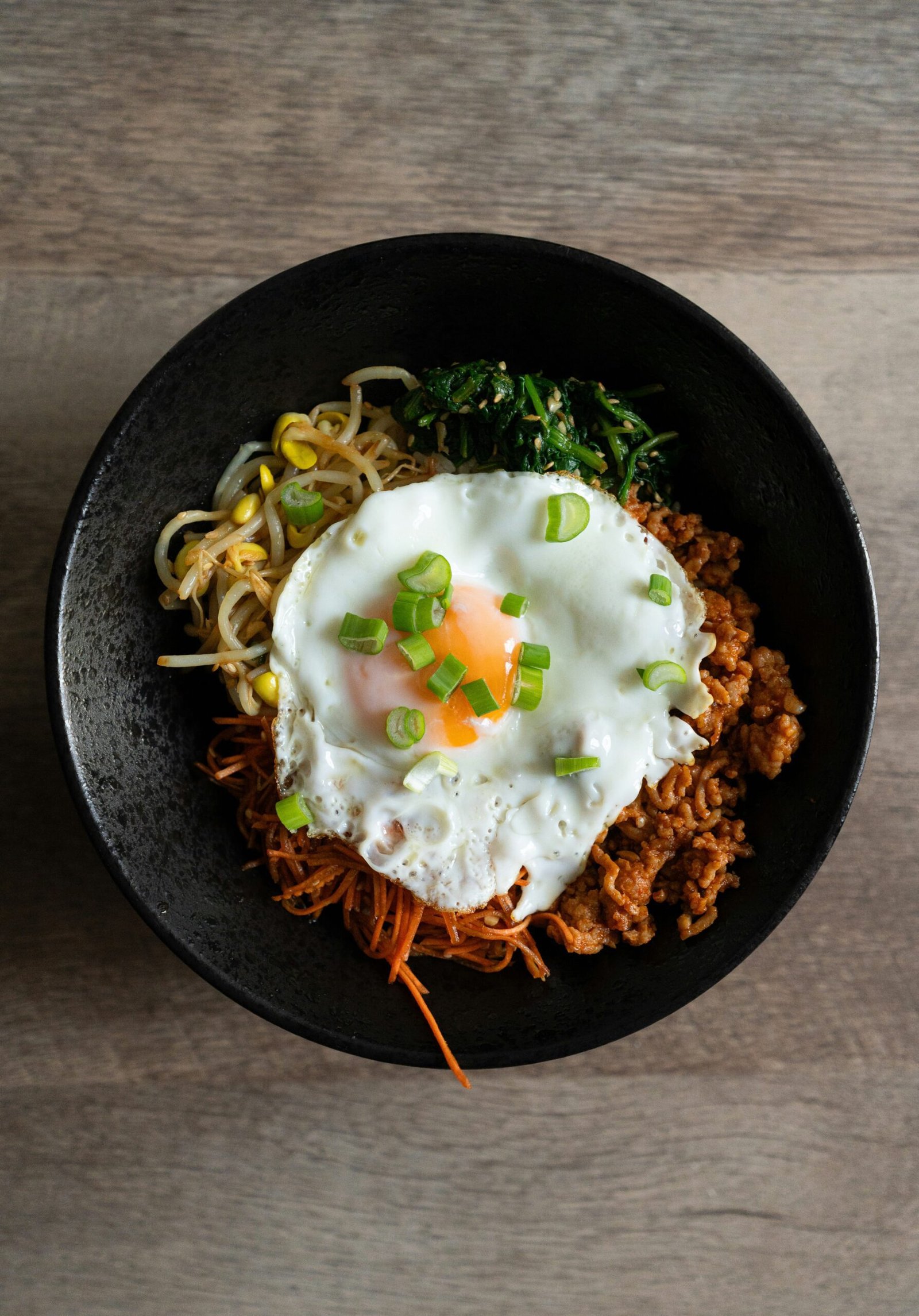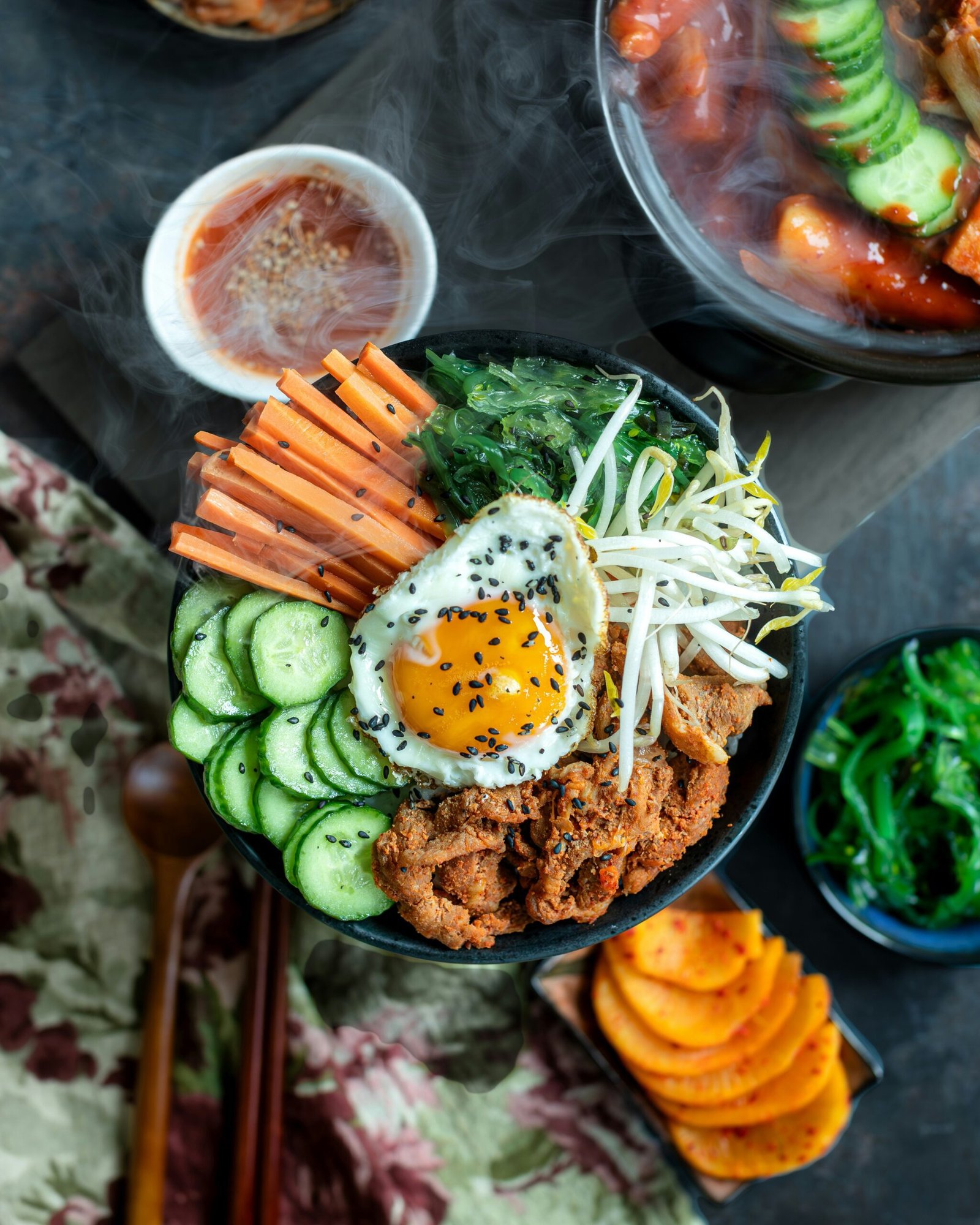What Are Some Traditional Korean Dishes That Showcase The Use Of Mung Bean Sprouts?
Have you ever wondered how a seemingly simple ingredient like mung bean sprouts can be transformed into a variety of delicious dishes? If you’ve ever had the delight of tasting Korean cuisine, you probably know that it often incorporates a variety of fresh and vibrant ingredients. Among these, mung bean sprouts hold a special place due to their versatility and nutritional benefits. Mung bean sprouts are an integral part of numerous Korean dishes, adding a crisp texture and a mild, refreshing flavor.
Diving into the world of traditional Korean recipes, you’ll find that mung bean sprouts are celebrated in various ways. Whether you’re a seasoned chef or a culinary enthusiast curious about Korean food, understanding these dishes offers a window into the artful way in which Korean cuisine is crafted. Let’s journey through several traditional Korean dishes where mung bean sprouts shine.

The Nutritional Value of Mung Bean Sprouts
Before we immerse ourselves in the delectable world of Korean dishes, it’s essential to appreciate why mung bean sprouts are favored both in Korea and around the globe. Nutritionally rich, these sprouts are low in calories yet packed with essential nutrients.
Health Benefits
Mung bean sprouts are an excellent source of Vitamin C and K, fiber, and protein. They also provide folate, a crucial B-vitamin necessary for cell function and tissue growth. Their low-calorie nature makes them a popular choice for those seeking healthy food options.
Digestive Attributes
Incorporating mung bean sprouts into your diet can aid digestion due to their fiber content. They can also help in detoxifying your body as they are rich in antioxidants, which combat free radicals.
Traditional Korean Dishes Featuring Mung Bean Sprouts
Korean cuisine presents a kaleidoscope of flavors, textures, and colors. Mung bean sprouts find their place in myriad preparations, ranging from everyday side dishes to special occasion meals. Here, we describe some traditional Korean favorites that prominently feature these sprouts.
Bibimbap (비빔밥)
If you talk about iconic Korean dishes, Bibimbap is sure to come up. It’s a harmonious mix of rice, vegetables, a touch of meat (like beef), and a spicy-sweet sauce.
What Makes Bibimbap Special?
The word “bibimbap” means “mixed rice,” which is an apt description as it’s a dish designed for mixing. Each serving presents a balanced assortment of vegetables such as spinach, carrots, mushrooms, and yes, mung bean sprouts. The crispness of the sprouts adds a nice textural variation.
How to Incorporate Mung Bean Sprouts
In Bibimbap, mung bean sprouts enhance the flavor by bringing a slightly nutty taste and a crunchy texture. They are lightly blanched to maintain their natural zest.
Kongnamul Muchim (콩나물 무침)
This is a straightforward and popular Korean side dish made primarily from mung bean sprouts. It’s often served with main courses or included in banchan, which refers to small side dishes that accompany a Korean meal.
The Simplicity and Elegance
Kongnamul Muchim translates to “seasoned bean sprouts.” Despite its simplicity, the dish beautifully encapsulates the essence of Korean culinary artistry—minimal ingredients, flavorful output.
Preparation and Flavor
The sprouts are lightly seasoned with sesame oil, soy sauce, garlic, and sometimes Korean chili flakes (gochugaru), resulting in a side dish that’s as refreshing as it is flavorful.
Namul (나물)
Namul is a category of Korean seasoned vegetable dishes. Mung bean sprouts are often prepared as a namul, seasoned and served as part of a larger meal structure.
Different Kinds of Namul
Namul dishes can vary widely depending on the season and available ingredients. However, mung bean sprout namul remains a classic, enjoyed for its subtle sweetness and freshness.
A Simple Preparation
Usually, the sprouts are briefly boiled, then tossed with sesame oil, chopped garlic, and a pinch of salt. The resulting dish is simple yet deeply satisfying.
Yukgaejang (육개장)
Yukgaejang is a rich, spicy, and hearty beef soup that often includes mung bean sprouts among its various ingredients.
Why Yukgaejang Stands Out
Known for its depth of flavor, this soup is a popular comfort food, especially in colder months. The mung bean sprouts serve to absorb and amplify the spicy broth, while adding texture to the dish.
Texture and Complexity
In Yukgaejang, the sprouts balance the richness of the meat and the intense spiciness of the broth, offering a crisp contrast that enlivens the mouthfeel.
Pajeon (파전)
Pajeon is a savory Korean pancake often made with green onions and other ingredients, including mung bean sprouts for added texture and nutrition.
A Versatile Dish
Loved as a street food and home-cooked meal alike, Pajeon can include seafood, kimchi, or a mix of vegetables. The mung bean sprouts not only complement the onions but offer a delightful crunch.
Perfect for Sharing
Typically enjoyed as a snack or appetizer, Pajeon is often shared amongst friends, accompanied by a dipping sauce made of soy, vinegar, and chili.

Mung Bean Sprouts: A Culinary Staple in Korean Kitchens
So what makes mung bean sprouts such a staple in Korean kitchens? Allow us to delve briefly into what makes these sprouts highly versatile.
Affordability and Availability
Mung bean sprouts are inexpensive and widely available, which makes them a convenient addition to many dishes, providing nutrition without breaking the budget.
Versatile Preparation
From soups to salads, stir-fries to side dishes, mung bean sprouts can be prepared in countless ways, each method enhancing their natural flavor. Their ability to absorb flavors makes them a great addition to many dishes.
Easy to Cook
Quick cooking times mean that mung bean sprouts can be incorporated into many meals with minimal preparation. Their natural freshness means they require little else to shine.

A Guide to Cooking with Mung Bean Sprouts
If the sound of these dishes is making your mouth water and you’re keen to get cooking, here’s a concise guide to help you incorporate mung bean sprouts into your culinary repertoire.
Ensuring Freshness
Select bright, crisp sprouts with no signs of wilting or browning. Rinse them under cold water before cooking to remove any impurities.
Basic Cooking Techniques
- Blanching: Quickly submerge the sprouts in boiling water for one minute, then drain and rinse with cold water.
- Stir-frying: Add them towards the end of your stir-frying process to maintain their crunch.
- Raw: Enjoy them in salads or as a fresh topping for your dishes.
Pairing Suggestions
The mild flavor of mung bean sprouts makes them ideal companions for stronger flavors such as garlic, soy sauce, sesame oil, or spicy gochujang (Korean chili paste).

Bringing Korean Cuisine into Your Home
Understanding the key role mung bean sprouts play in traditional Korean dishes is a delicious way to appreciate Korean culinary techniques. With their subtle flavor and crispy texture, these sprouts blend seamlessly with the bold, dynamic flavors typical of Korean cooking.
Whether you choose to recreate these dishes in your kitchen or enjoy them at an authentic Korean restaurant, you’re sure to have a rewarding, flavorful experience. By highlighting the artistry of using these humble sprouts, you can gain a deeper understanding and appreciation for the vibrant tapestry of Korean cuisine.
In conclusion, by incorporating mung bean sprouts in their cooking, Korean dishes offer a delightful balance of flavors that captivates the taste buds while providing nutritional benefits. From the comforting warmth of Yukgaejang to the simple elegance of Kongnamul Muchim, you can explore a diverse palette of tastes anchored by the humble mung bean sprout. So why not start on your own Korean culinary journey today and experience firsthand the magic these dishes have to offer?

